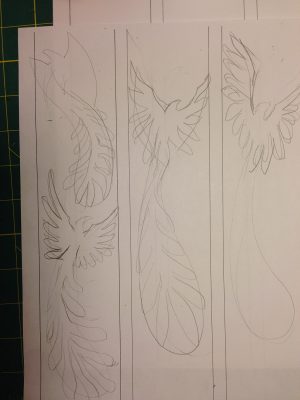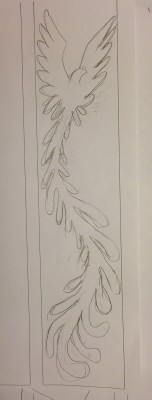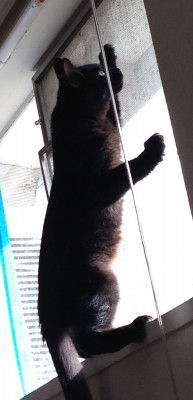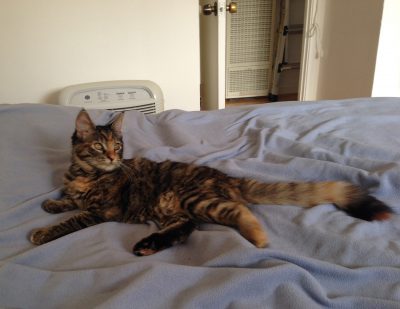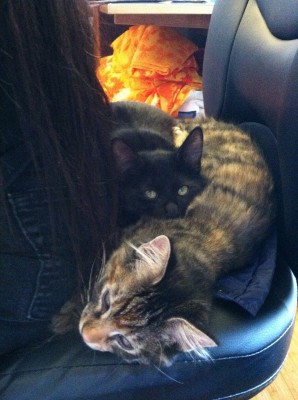…that is the question, isn’t it?
I’ve spent most of the last few days working up some embellishment samples. Here’s a photo of what I’ve done so far (click for the larger photo):
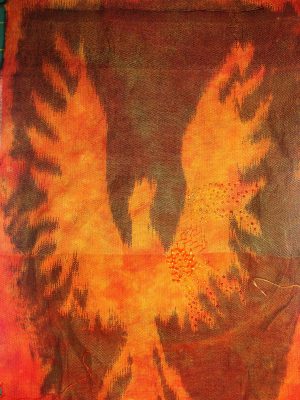
And here’s a closeup:
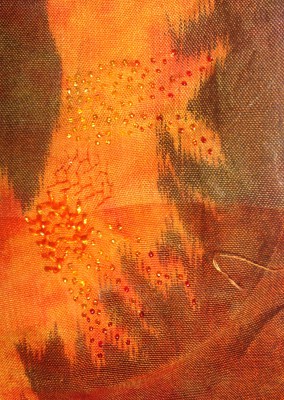
The embroidery is feather stitch using three threads. The bottom one is a sheer knitted tube (orange) with a gold cord running through it. The middle one is a silk embroidery floss, and the top one is a metallic blending filament.
The beading is mostly experiments with size 14 seed beads – varying the color along the length of the “feathers” in the wing. I also experimented with density a bit in the top sample – denser beads near the front edge of the wing, becoming gradually more spaced as they flutter out to the ends of the feathers.
The photo unfortunately really doesn’t do the sample justice. The embellishments are much nicer than they appear in the photo. I’ve been showing them to people to collect opinions – most people like the thicker thread combined with the beads on the feathers, as in the bottom of the sample. The thicker thread gives some three-dimensionality and texture, the beads add glitter. Using both gives definition to the different parts of the wing, and provides variety in texture. Compared with the beads-only version near the top, you can see that it’s more interesting.
But do the embellishments actually add anything to the design? They are pretty, but what is the central focus of the design? What is the piece about?
I’m still on the fence about whether to use embellishments at all. At the scale of the sample, it almost seems like gilding the lily. The power of the piece is in the evocative phoenix and the feathering around the edges, reminiscent of flame. Do the embellishments add to this? I’m not sure. I talked about this at length with my critique partner last night – he felt that the piece didn’t really need embellishment, and I am leaning that way as well. But since the actual piece will be at a different scale, I’ll need to re-evaluate once it’s woven and dyed.
Meanwhile, I was watching Ana Lisa Hedstrom’s DVD “Stitch Resist Reconsidered” over the weekend, but I only got eight minutes into it before the rest of the theater-goers arrived:
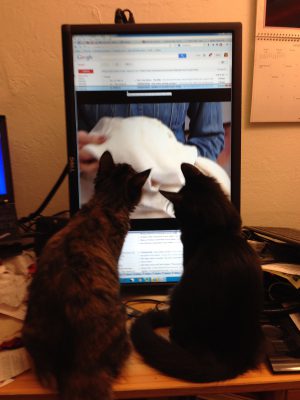
Shouting “Down in front!”, had no visible effect, so I retired to work on other things.
